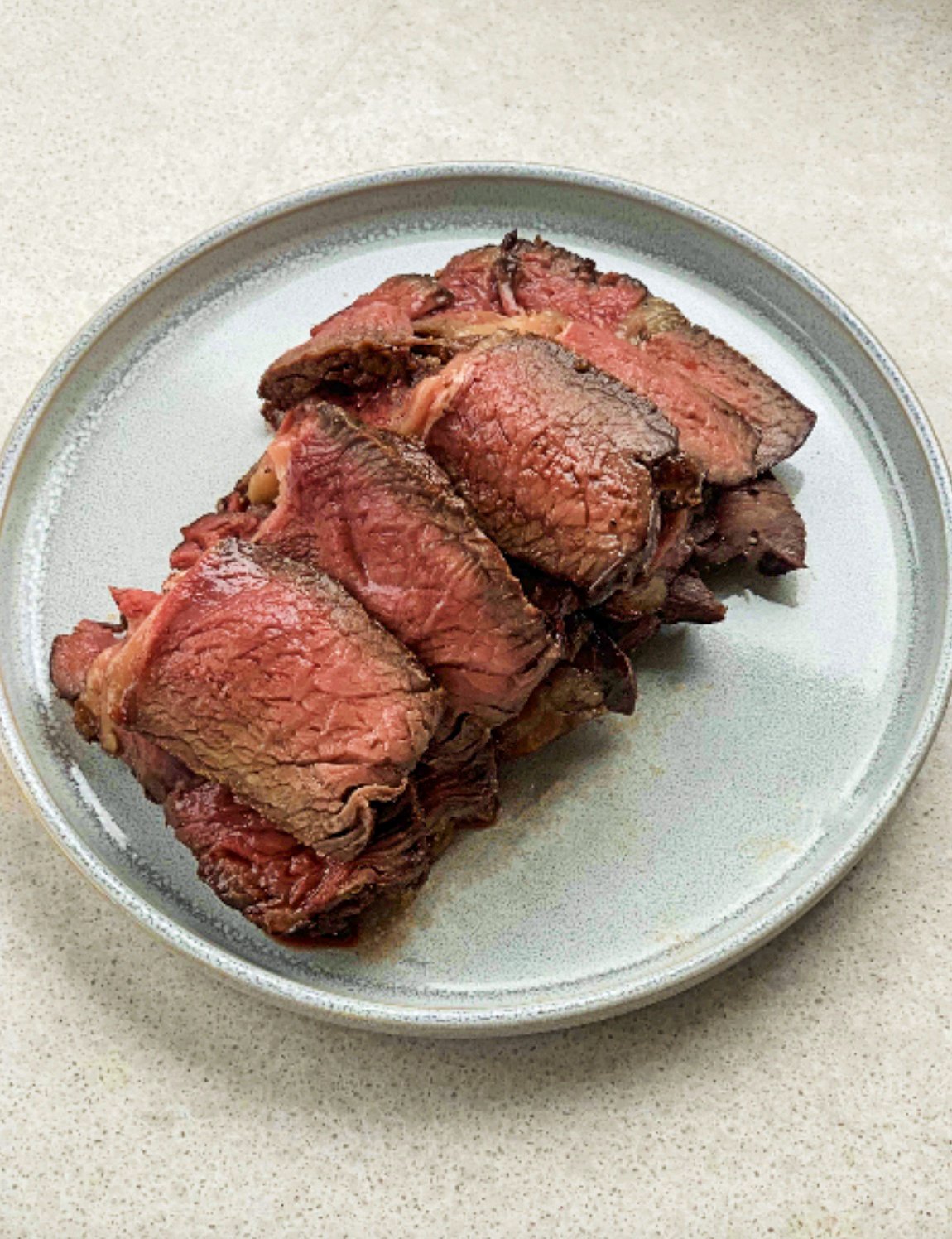How to make a pavlova
Pavlova. Did we invent it or did they? We must be the only people on the face of the earth who don’t really give a toss, national pride be damned. We’re more into how good pav tastes, how simple it actually is to make, and how economical it can be too, if you don’t go nuts on exxie garnishes. Heck, you can just hurl whipped cream and canned passionfruit pulp on yours and call it a day – it’s delish any which way. So if you’re not confident with meringue, just bring out the Kenwood and follow our helpful steps. Your sugar coma awaits!
1. Get your ingredients and utensils organised. Separate 6 large room temperature eggs, reserving the yolks for something else. Like creme anglaise.
2. Preheat the oven to 150°C (conventional, not fan forced). Line an oven tray with baking paper and use a 20cm cake tin to draw a circle on it.
3. Whisk the egg whites, ¼ tsp cream of tartar and 1 tsp vanilla essence using electric beaters until firm peaks form.
4. Slowly start adding 300g caster sugar, 2 tbsp at a time, whisking well between each addition to dissolve the sugar. Once you’ve added it all, keep whisking for a bit until it’s fully dissolved (test by rubbing a bit of meringue between your fingers and if it feels gritty, keep whisking).
5. Beat in 2 tsp white vinegar.
6. Stir in 2½ tbsp cornflour.
7. Your meringue should look similar to this consistency.
8. Start spreading your meringue to fill the circle on the baking paper.
9. Heap it up!
10. Use a palette knife to smooth the outside and form a neat round; don’t stress if it’s a bit free-form; it will still taste great.
11. Bake your pav for 70-80 minutes or until it’s dry, crisp and a bit golden. Try not to open the door while it’s baking too much. Turn off the oven, and let it cool with the door slightly ajar.
12. Cover the cooled pav with whipped cream, berries, berry puree, your fav berry couli… whatever you like. Serve and enjoy.

















